How Does Covid Feels Like?
A covid headache (also known as a CVA or “Cough Asthma”) is usually described as one that causes pain around the eye brow area. This pain is often aggravated with movement or light. Some people may even have an itchy scalp with a fever of up to 102 degrees Fahrenheit. This is actually the most common type of headache and accounts for about half of all headaches. If you’re unsure what does a cold headache feel like, then here is some information that might help.
Covid gives the most debilitating of all headaches. The symptoms can include facial pain, tenderness, nausea, and vomiting. Often these symptoms develop quickly and worsen rapidly. One or more of the symptoms may feel more pronounced, or even be present in just one or two incidents.
Many scientists believe that these intense, throbbing headaches may be linked to a cluster of nerve cells that control your facial pain and other reactions. This cluster of nerves is called the trigeminal ganglion. You can have a headache without experiencing this group of neurons. You often feel pain from these neurons when there is a head movement or certain types of light. When they fire and light up, they are triggered and cause extreme discomfort.
There is no single cause for all types of headaches, but there are several theories on what does a cold headache feel like. One popular theory is that your brain contains a mass of neurons which fire electrically in a sort of “short circuit” when something gets in their way. These migraines can last from a few minutes to a couple of hours and can even occur while you are asleep! They are not, however, the same as a migraine and are entirely separate.

If the theory that what does a cold headache feel like holds true, it would make sense to find out what happens when these headaches go away. People who suffer with them report that after a period of time they go away and then come back. Scientists can test this hypothesis by having electrodes put in the skull. If t
here is a correlation between the electrode changes and the duration of the headaches, then it proves that these headaches are caused by the electric activity of these cells. In a few more studies, this theory could prove to be an important one.
Symptoms
Your doctor may have told you what does a cold headache feel like, but if you have never had this type of headache, then you may not understand what is happening in your body. After all, we do not normally associate headaches with pain or discomfort in our bodies. A sufferer may also feel a tightening in their chest and their face might turn red. All these symptoms could be due to the increased blood flow in the brain. The blood flowing to the brain could result in some imbalance or difficulty in processing the pain signals from the brain.
Sometimes these headaches are caused by high levels of anxiety. When you are stressed, your body prepares to act as though you are experiencing a major trauma. This can include inflammation of the muscles in the neck region, the shoulders, and other parts of the body. These headaches may also be caused by high levels of oxygen in your blood.
Conclusion
There are many things that can cause what does a cold headache feel like, so it is important to rule out the possibilities that I mentioned above. If your headaches are persistent and prolonged, see a doctor for a professional diagnosis. He or she will be able to run some tests and possibly prescribe a treatment plan. With the right treatment plan and a little help from your medical care provider, you should be able to overcome this condition and start feeling back to normal again.
Our Recommended Products
- Sale!
- UVC CORONAKILLS
CORONAKILLS UV-C SANITIZER
-
41.29$27.49$ - Add to cart
- Sale!
- UVC CORONAKILLS
UV-C SANITIZER RED
-
41.29$27.49$ - Add to cart
- Sale!
- UVC CORONAKILLS
UV-C SANITIZER PINK
-
41.29$27.49$ - Add to cart
- Sale!
- UVC CORONAKILLS
UV-C SANITIZER WHITE
-
41.29$22.89$ - Add to cart
- Sale!
- UVC CORONAKILLS
UV-C SANITIZER BLACK
-
41.29$26.34$ - Add to cart


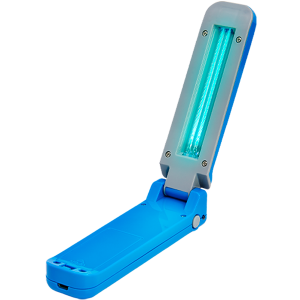

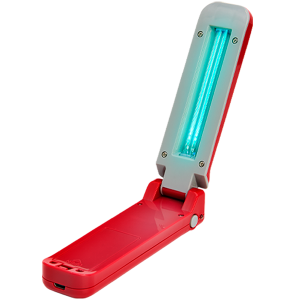

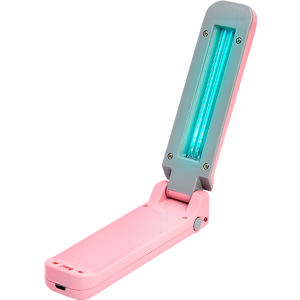

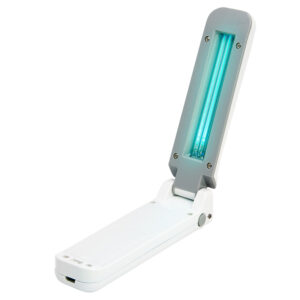




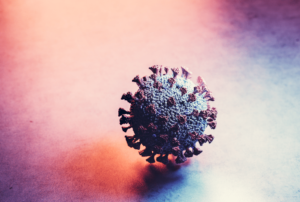

ריהוט גן